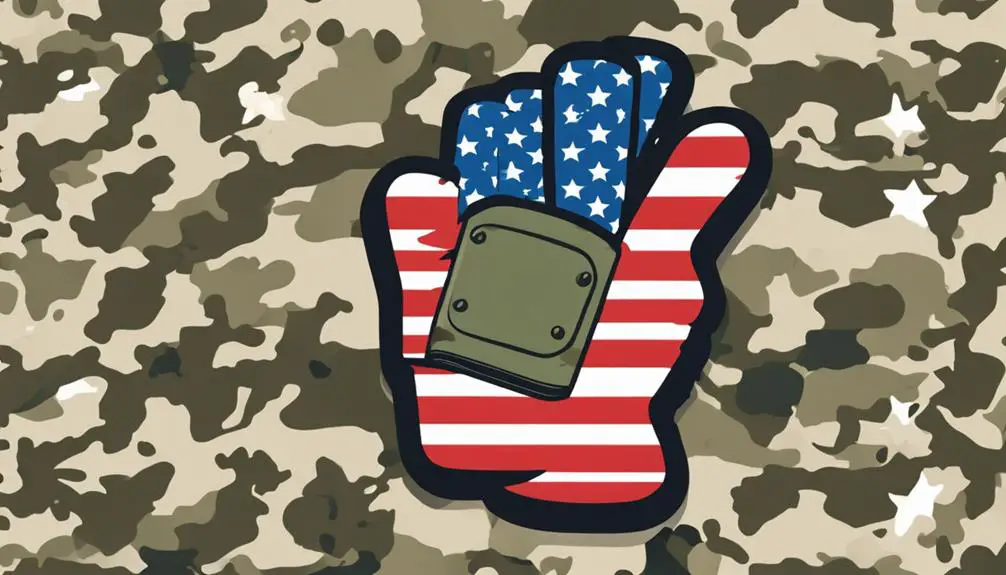When you need to confirm receipt of critical information, military slang has got you covered. 'Roger That' signifies acknowledgment, originating from the phonetic alphabet where 'Roger' stands for 'received.' In high-stakes situations, 'Wilco' guarantees swift acknowledgment and execution of instructions. For added clarity, 'Copy That' or 'Got It' affirm understanding of critical information. 'Hooah' motivates and symbolizes teamwork, while 'Loud and Clear' confirms critical info isn't lost in transmission. From 'Good to Go' to operational readiness, these phrases guarantee understanding and swift action. Explore further to uncover the nuances of military communication and how these phrases are used in various contexts.
Roger That and Its Origins
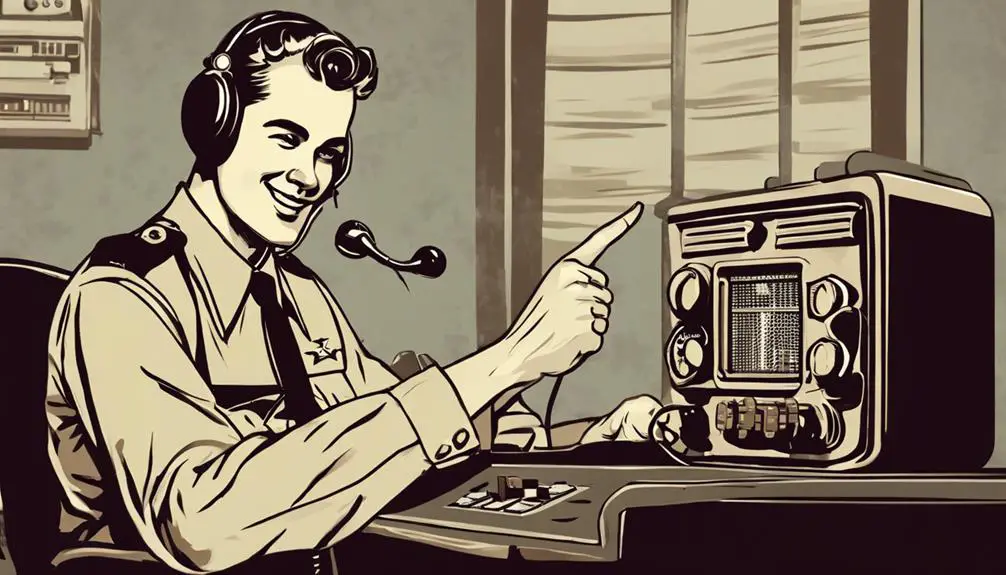
When you hear 'Roger that' in a military context, you're likely to assume it's just a vital way of saying 'okay' or 'got it,' but the origins of this phrase are rooted in the early days of radio communication. In the 1940s and 1950s, radio operators used the phonetic alphabet to clearly communicate letters and words over radio transmissions. 'Roger' was the phonetic pronunciation of the letter 'R,' which stood for 'received.' Over time, 'Roger that' became a shorthand way of acknowledging receipt of a message.
The evolution of military lingo is closely tied to the development of radio etiquette rules. In the early days of radio communication, clarity and importance were essential. The use of 'Roger that' and other phrases like 'Wilco' (will comply) and 'Out' (ending transmission) became standard practice. These phrases not only maintained clear communication but also helped to uphold a professional tone. As military communication technologies advanced, 'Roger that' remained an integral part of military language, symbolizing the adaptability and efficiency of military lingo.
Wilco in Military Communication
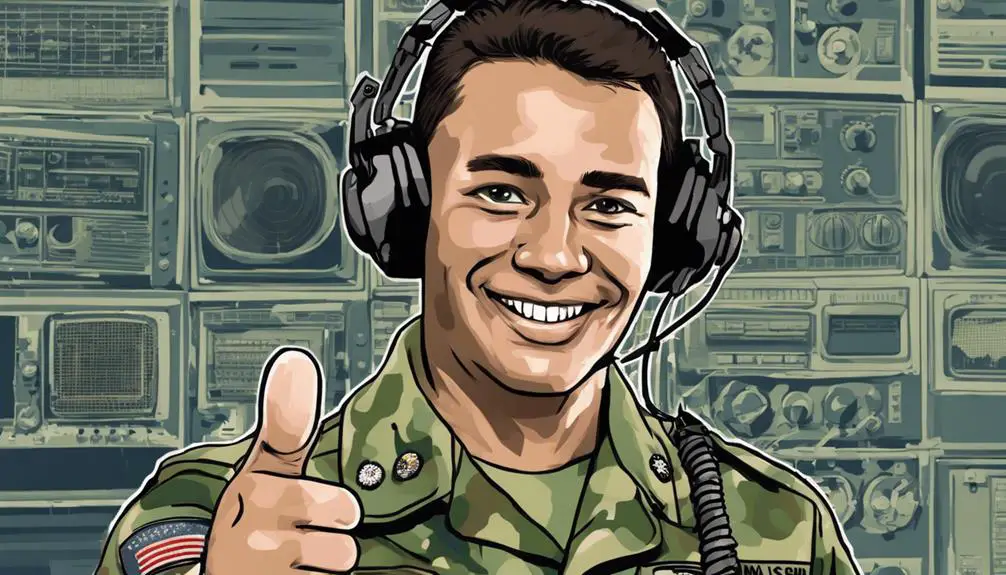
In the domain of military communication, you'll often hear 'Wilco' as a crisp, affirmative response, which is shorthand for 'will comply,' and it's a phrase that's been etched into the fabric of military lingo for decades. When you hear 'Wilco,' you know the recipient has acknowledged the instruction and will carry it out without hesitation. It's a phrase that exudes confidence and clarity, guaranteeing that critical information is understood and acted upon swiftly.
In combat situations, 'Wilco' takes on a life-or-death significance. It's a phrase that can mean the difference between success and failure, or even life and death. When you're in the heat of battle, there's no room for ambiguity or confusion. 'Wilco' as confirmation is vital, as it ensures that troops are on the same page, working together seamlessly to achieve their objectives. Whether it's coordinating artillery fire or executing a flanking maneuver, 'Wilco' is the phrase that confirms everyone's on the same page, ready to move forward with precision and purpose.
Hooah and Its Cultural Significance
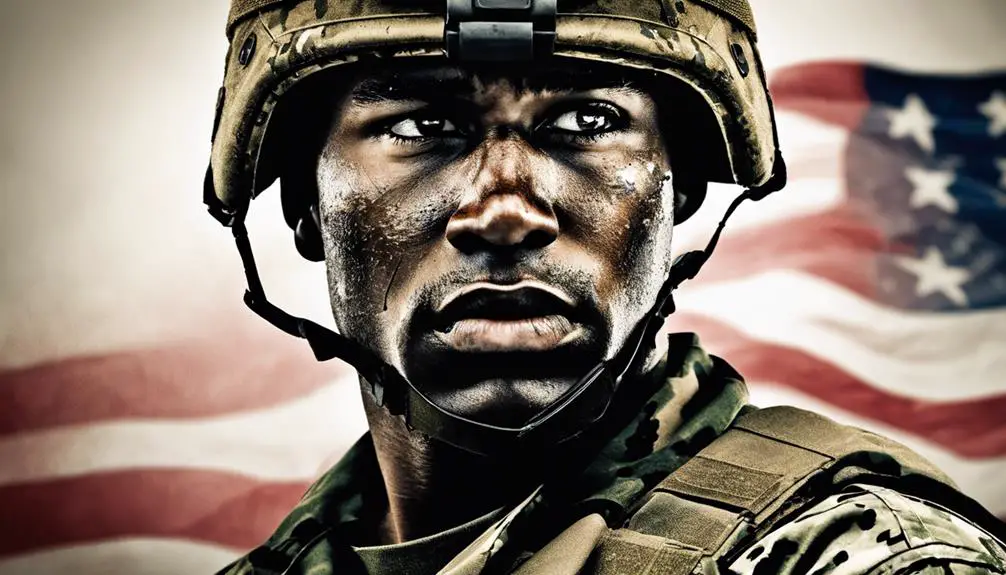
As you explore the world of military slang, you'll find 'Hooah' – a term that's become an integral part of military culture, symbolizing spirit, motivation, and camaraderie. It's more than just a simple expression of agreement; it's a battle cry that ignites motivation and boosts morale. When you hear "Hooah!" in a military setting, you know it's a call to action, a reminder that you're part of a team working towards a common goal.
Hooah as motivation is a powerful tool. It's a way to express enthusiasm, to show you're engaged and ready to take on a challenge. In the heat of battle, "Hooah!" can be a rallying cry, a reminder that you're not alone and that your comrades have your back. Beyond the military, hooah in popular culture has become synonymous with determination and grit. You'll hear it in movies, TV shows, and even in everyday conversations, symbolizing a can-do attitude and unwavering commitment.
Copy That for Confirmation
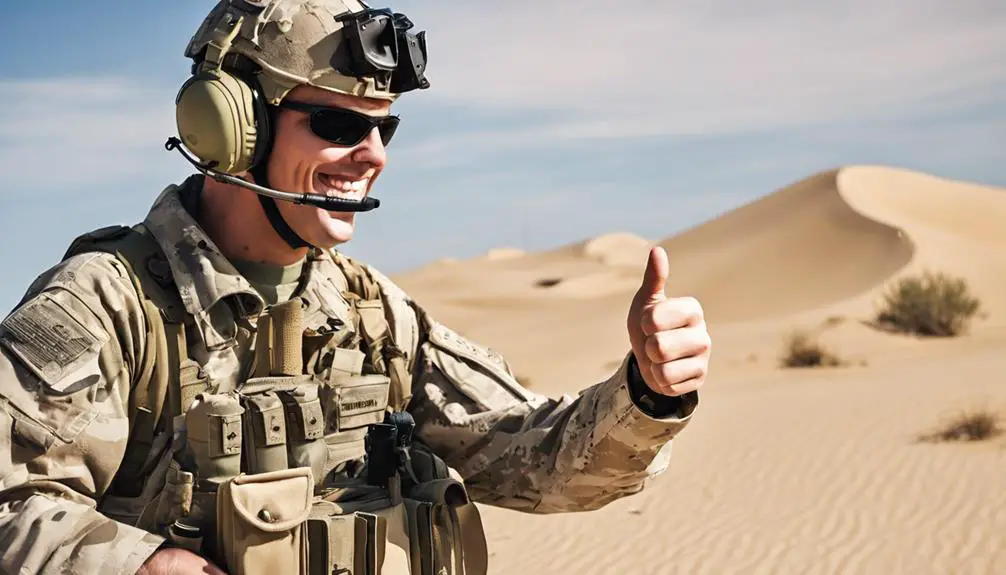
You're likely familiar with the phrase 'Copy that' – a concise affirmation that's become a staple in military communication, guaranteeing clarity and understanding in high-stakes situations. This slang confirmation has become an essential tool in the military's verbal arsenal, allowing personnel to quickly acknowledge and confirm received information. When you hear 'Copy that', you know the message has been received loud and clear.
In the heat of battle, there's no room for miscommunication. That's why 'Copy that' has become a trusted verbal affirmation, providing a clear and concise way to confirm understanding. It's more than just a casual acknowledgement – it's a guarantee that the message has been received and understood. This simple phrase has become an integral part of military communication, saving time and lives in critical situations. By using 'Copy that', military personnel can make sure they're on the same page, working together seamlessly to achieve their objectives.
Got It in Modern Military
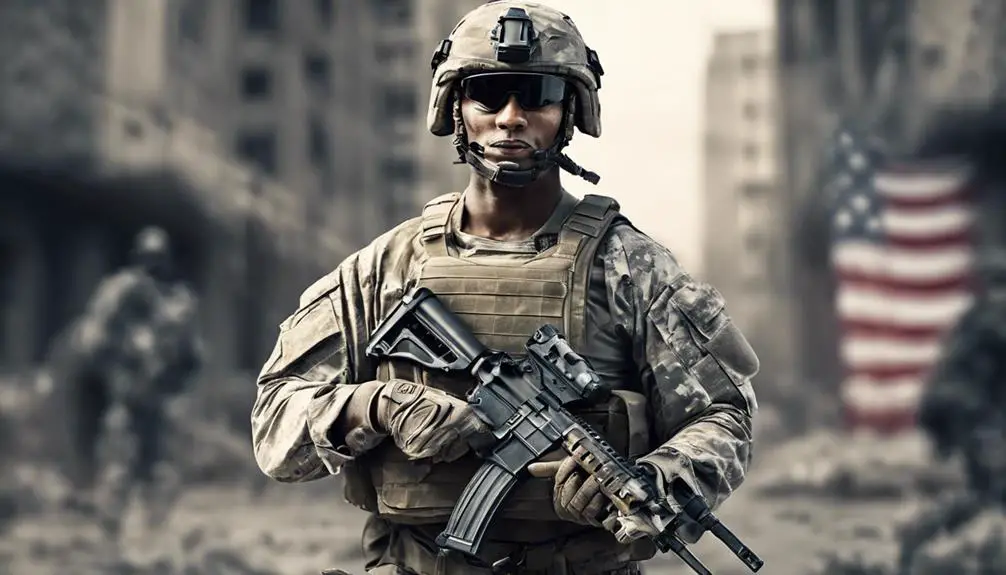
This modern military staple, 'Got it,' serves as a concise and unambiguous affirmation of understanding, guaranteeing that critical information is acknowledged and absorbed without delay. When you hear or use this phrase, you know that the message has been received loud and clear. In the heat of battle or during high-stress situations, there's no room for miscommunication. That's where 'Got it' comes in – a crucial affirmation that eliminates confusion and ensures everyone is on the same page.
As a critical component of military lingo, 'Got it' is more than just a casual acknowledgement. It's a commitment to understand and execute orders without hesitation. You'll often hear it in response to mission briefings, tactical updates, or critical instructions. By using 'Got it,' you're signaling to your team that you've grasped the information and are ready to move forward. In the world of military operations, clarity is key, and 'Got it' is the ultimate expression of understanding and readiness.
Affirmative in Aviation
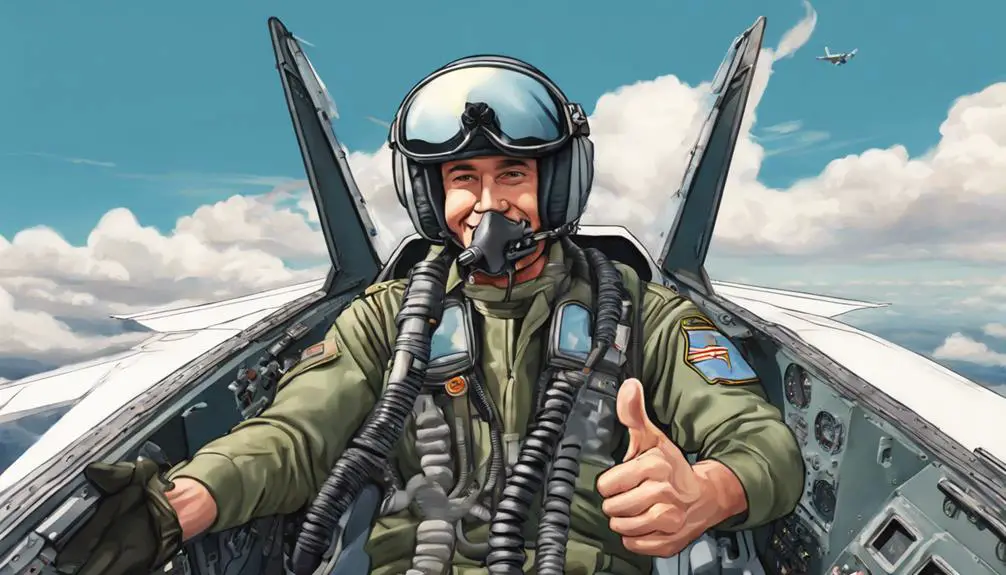
How does 'Affirmative' permeate every aspect of aviation communication, serving as a concise acknowledgment that guarantees seamless execution of critical instructions? In the aviation world, you'll often hear 'Affirmative' in response to vital commands, ensuring that pilots and air traffic control are on the same page. This concise phrase is essential in high-stress situations, where miscommunication can have devastating consequences.
When you're maneuvering through clear skies, 'Affirmative' becomes a reassuring confirmation that your flight plan is set in motion. It's the green light that signals 'flight confirmed,' giving you the confidence to execute your mission. This succinct acknowledgment is particularly crucial during emergency situations, where every second counts. By responding with 'Affirmative,' you're not only confirming receipt of the message but also ensuring that you're prepared to take immediate action. In the fast-paced world of aviation, 'Affirmative' is more than just a casual affirmation – it's a guarantee of precision and reliability.
Solid Copy in Radio Ops
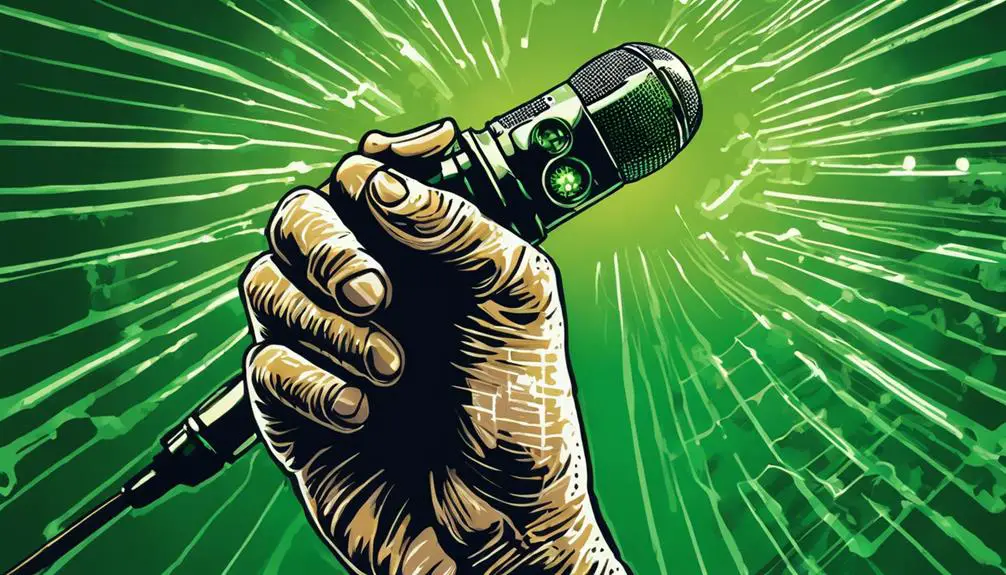
In high-stakes radio operations, 'Solid Copy' is your safeguard against miscommunication, ensuring that critical information is received accurately and executed with precision. When you're working in a fast-paced, high-pressure environment, you can't afford to misinterpret essential intel or misunderstand mission-critical instructions. That's where 'Solid Copy' comes in – verifying that you've received information correctly, without errors or misunderstandings.
In radio ops, you'll often conduct radio checks to confirm your equipment is functioning correctly. You'll also perform frequency shifts to switch between different channels or modes, maintaining seamless communication with your team. In these situations, 'Solid Copy' is your assurance that you're on the same page as your counterparts. By confirming receipt of information with a 'Solid Copy', you're guaranteeing that you've got the right intel, reducing the risk of mistakes and missteps. It's a simple phrase, but one that's essential in high-stakes radio operations, where clarity and precision are everything.
Loud and Clear in Comms
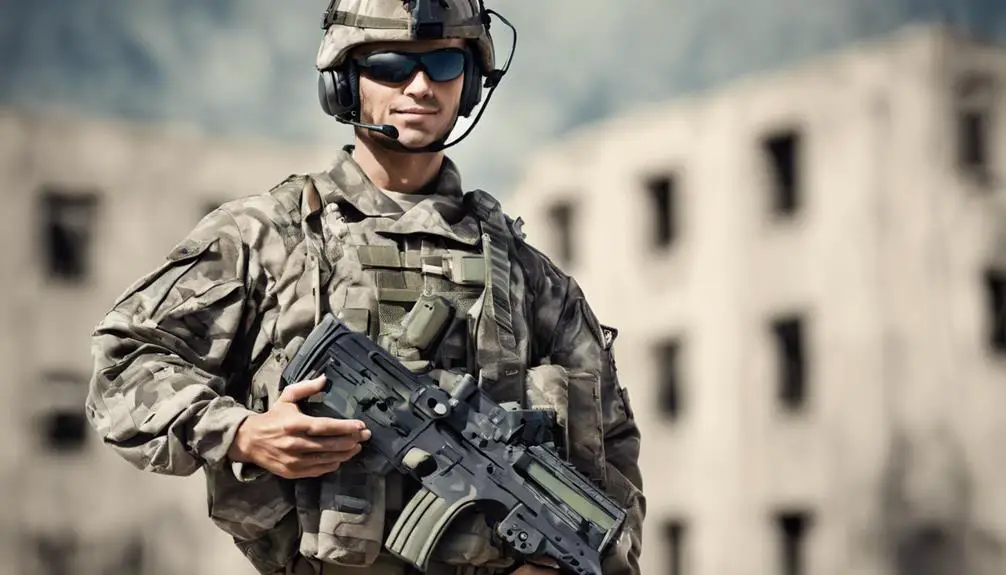
When you respond with 'Loud and Clear' in comms, you're not just acknowledging receipt of information – you're confirming that the message came through without distortion or interference, guaranteeing seamless communication in high-pressure situations. This phrase has become an integral part of the comms protocol evolution, particularly in tactical environments where clarity is paramount. By responding with 'Loud and Clear', you're providing a tactical acknowledgment that the message has been received accurately, allowing the sender to proceed with confidence. This system guarantees that critical information isn't lost in transmission, reducing the risk of miscommunication and promoting effective coordination. In the heat of the moment, a simple 'Loud and Clear' can be the difference between success and failure, making it an indispensable component of modern comms protocol. As comms technology continues to advance, the importance of 'Loud and Clear' will only continue to grow, reinforcing its status as a cornerstone of tactical acknowledgment systems.
Good to Go in Operations
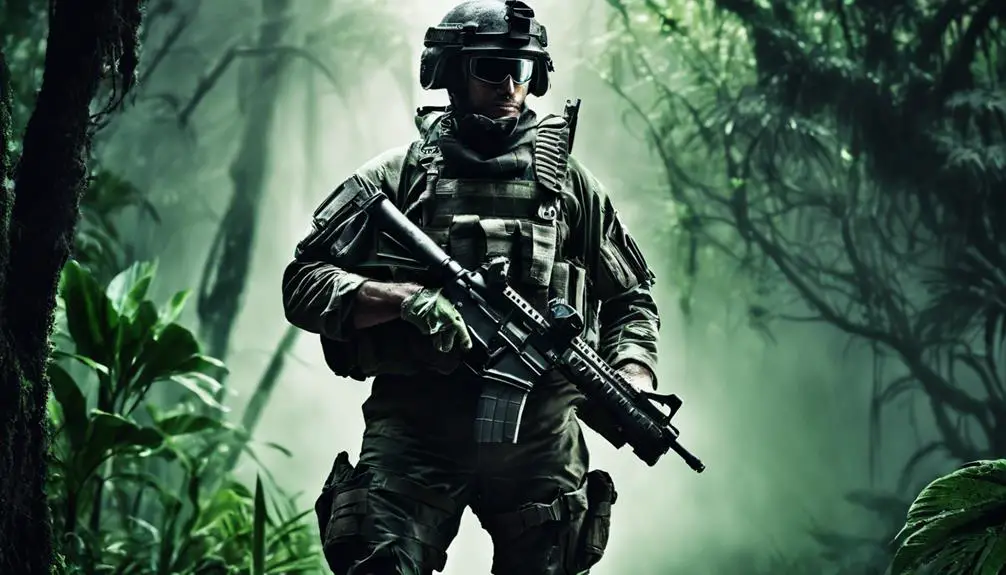
You're cleared to proceed with 'Good to Go' in operations, signaling that all necessary preparations have been completed and you're ready to execute the plan. This phrase is more than just a casual affirmation – it's a declaration of tactical readiness. When you're "Good to Go," you've assessed the situation, accounted for all variables, and are prepared to adapt to any changes.
In high-pressure operations, "Good to Go" is a critical milestone, indicating that all systems are online, and you're ready to move out. It's a state of Situation Normal, where all checks have been completed, and you're cleared for execution. This phrase is a guarantee that you've done your due diligence, and your team is poised for success.
Frequently Asked Questions
Is "Roger That" Used in Non-Military Contexts?
You might wonder if "roger that" has transcended its military roots to enter everyday language. The answer is yes. The phrase has seen significant civilian adoption, becoming a cultural phenomenon. Its widespread use in films, TV shows, and memes has contributed to its cultural significance, making it a recognizable phrase beyond military circles. You'll often hear it in casual conversations, symbolizing acknowledgement or agreement, further solidifying its presence in non-military contexts.
Can "Wilco" Be Used in Formal Written Communication?
As you navigate the professional landscape, you're likely to encounter formal written communication that demands precision and clarity. In this domain, using 'wilco' in formal reports or business communication may evoke a sense of informality, akin to a whisper in a silent library. While it's not entirely taboo, it's crucial to reserve 'wilco' for casual, verbal exchanges, opting instead for more formal affirmations like 'acknowledged' or 'understood' in written correspondence.
Is "Hooah" Exclusively Used in the US Army?
You're curious about Hooah, a term often associated with the US Army. But is it exclusively used in the US Army? Not quite. Hooah's origins date back to the 1960s, with possible roots in African American Vernacular English and Hawaiian Pidgin English. It's gained cultural significance as an expression of enthusiasm, motivation, and solidarity, transcending military contexts. While the Army popularized it, Hooah is now used in various settings, including sports and everyday conversation.
Can "Copy That" Be Used for Partial Understanding?
You're maneuvering through a complex conversation, and suddenly, someone says 'copy that.' But what does it really mean? Think of it like a dimmer switch – it's not a full-on 'yes,' but rather a partial acknowledgment. You're not getting a complete thumbs-up, but it's not a flat-out rejection either. In this gray area, 'copy that' implies a contextual nuance, acknowledging your message without fully committing. It's an implied acknowledgment, leaving room for clarification or further discussion.
Is "Affirmative" Used in Naval Communication?
You're wondering if "affirmative" is used in naval communication. In naval communication protocols, "affirmative" is a standard response to confirm understanding or acknowledge a message. It adheres to radio etiquette standards, ensuring clear and concise communication. When you hear "affirmative," you know the recipient has understood the message correctly.

